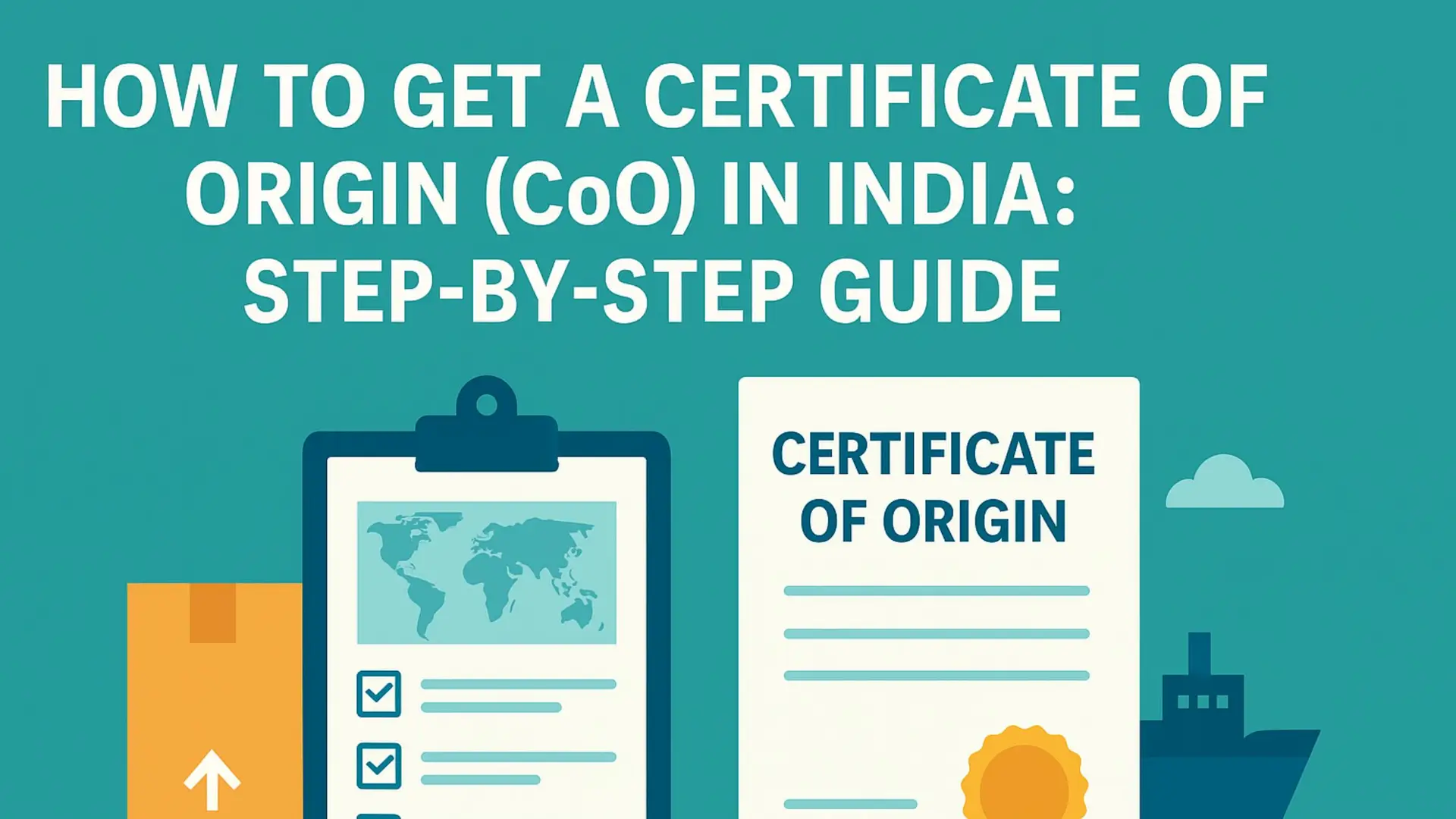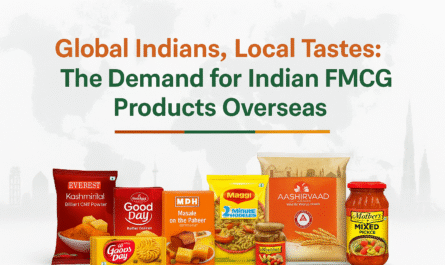Exporting Packaged Snacks from India: A Fast-Growing Global Trend
🧭 Introduction
Exporting Packaged Snacks from India: India’s love for snacks is now a global phenomenon. From spicy namkeens to masala chips, packaged Indian snacks are flying off shelves in countries like the US, UAE, UK, and Australia. With rising demand from Indian diaspora and adventurous foreign foodies, exporting packaged snacks from India has become one of the most profitable segments in the FMCG export category.
In this guide, we’ll break down the key steps to start, the documentation needed, labeling rules, buyer sourcing tips, and global trends for 2025
- Exporting Packaged Snacks from India: A Fast-Growing Global Trend
- 🧭 Introduction
- 🌍 1. Why Indian Snacks Are Gaining Global Popularity
- 🍘 2. Best-Selling Packaged Snack Categories for Export
- ✅ 3. Export Compliance & Food Safety Certifications
- 🏁 4. How to Start: Registration & Licenses
- 🧾 5. Labeling & Packaging Guidelines
- 🚚 6. Shelf Life, Cold Chain, and Freight Considerations
- 🌐 7. How to Find Buyers for Packaged Snacks
- 🌎 8. Top Importing Countries for Indian Snacks
- 💳 9. Payment Terms & Safe Transactions
- 🎁 10. Government Incentives for Food Exporters
- ✅ 11. Final Tips for Success in 2025
- 🧠 Conclusion
- 📘 Bonus Tip
🌍 1. Why Indian Snacks Are Gaining Global Popularity
- Huge Indian diaspora in the US, UK, Middle East, Canada, and Australia
- Growing global interest in spicy and ethnic flavors
- Convenience & longer shelf life make them ideal for retail exports
- Cross-cultural snacking habits: masala chips, bhujiya, chakli, and khakhra are now enjoyed by non-Indians too
🍘 2. Best-Selling Packaged Snack Categories for Export
- Namkeens – Mixtures, bhujiya, sev, dalmoth
- Fried Snacks – Samosa, chips, murukku, chakli
- Baked Snacks – Khakhra, mathri, roasted nuts
- Instant & Ready-to-Eat – Mini samosas, spring rolls, frozen cutlets
- Healthy Snacks – Roasted makhana, baked chips, millet-based items
📌 Popular Export Brands: Haldiram’s, Balaji, Bikaji, Too Yumm, Bikanervala, Yellow Diamond, and regional D2C brands
✅ 3. Export Compliance & Food Safety Certifications
To export any edible product from India, especially snacks, ensure:
- FSSAI License – Mandatory for food processing/export
- IEC Code – Import Export Code from DGFT
- Lab Testing Reports – Especially for high oil/spice content products
- Phytosanitary / HALAL / ISO Certification (as per market)
- RCMC – From APEDA or FIEO (for claiming incentives)
🏁 4. How to Start: Registration & Licenses
You must register your business and apply for:
- Business Registration (Sole Prop / Pvt. Ltd / LLP)
- GST Certificate
- FSSAI Central License (State license is not enough for export)
- IEC Code
- Udyam Registration (MSME) – Optional but helps in getting subsidies
- Trade Mark Registration for your brand if private labeling
🧾 5. Labeling & Packaging Guidelines
Labeling must comply with both Indian FSSAI and destination country laws:
- Product name and brand
- Ingredients list (in descending order)
- Net weight (grams or ounces)
- Veg/Non-Veg mark
- Manufacturing & Expiry Date
- Batch number
- Country of origin
- Nutritional information
- Importer details (if selling through agents)
📦 Use vacuum-sealed, tamper-proof, moisture-resistant packaging.
🚚 6. Shelf Life, Cold Chain, and Freight Considerations
- Most snacks have shelf life of 4 to 9 months
- Ensure testing and mention MFD/EXP clearly
- Use air freight for smaller urgent orders, sea freight for volume
- For frozen snacks: use cold chain logistics and ensure FDA/USDA approval (if exporting to the US)
🌐 7. How to Find Buyers for Packaged Snacks
- B2B Portals: Alibaba, TradeIndia, IndiaMART, ExportHub, GlobalSources
- LinkedIn Outreach to FMCG importers & ethnic stores
- Fairs & Exhibitions: SIAL, Gulfood, ANUGA, Foodex Japan
- Join WhatsApp groups & Telegram communities for B2B exports
- List your products on Amazon Global or Flipkart Export Hub
🌎 8. Top Importing Countries for Indian Snacks
- USA & Canada – Huge diaspora, FDA approval needed
- UAE & Saudi Arabia – FSSAI + HALAL certification preferred
- UK & Germany – Labeling in English + EU standards
- Australia & Singapore – Health-conscious market, prefers clean-label
💳 9. Payment Terms & Safe Transactions
- Use:
- 100% Advance (for small/first orders)
- LC (Letter of Credit) for bulk
- PayPal/Remitly for small B2C exports
- Always draft a Proforma Invoice with Incoterms
- Consider ECGC insurance for large orders
🎁 10. Government Incentives for Food Exporters
- RoDTEP Scheme – Refund of embedded taxes
- Interest Equalization – On pre-shipment/post-shipment credit
- Branding assistance via APEDA
- PMFME (Formalization of Micro Food Enterprises) for small businesses
- Export Facilitation Portal via ICEGATE & DGFT
✅ 11. Final Tips for Success in 2025
✅ Focus on branding + packaging — visual appeal matters abroad
✅ Always request feedback from your buyers and refine product/label accordingly
✅ Start small (1 pallet or trial orders) and scale with regularity
✅ Comply with FDA/USDA for US, EFSA for Europe
❌ Avoid under-declaring ingredients or overpromising shelf life
❌ Don’t reuse domestic packaging for export orders
🧠 Conclusion
Exporting packaged snacks from India in 2025 is not just a trend — it’s a golden business opportunity. With proper compliance, market targeting, and branding, even a small manufacturer or startup can scale globally. So whether you’re a namkeen brand in Indore or a millet chips startup in Bangalore — the world is hungry for what you make.
📘 Bonus Tip
👉 Want a step-by-step strategy to start exporting from India even if you’re a beginner?
📕 Grab our ₹299 Beginner’s eBook: Start Exporting from India in 30 Days




